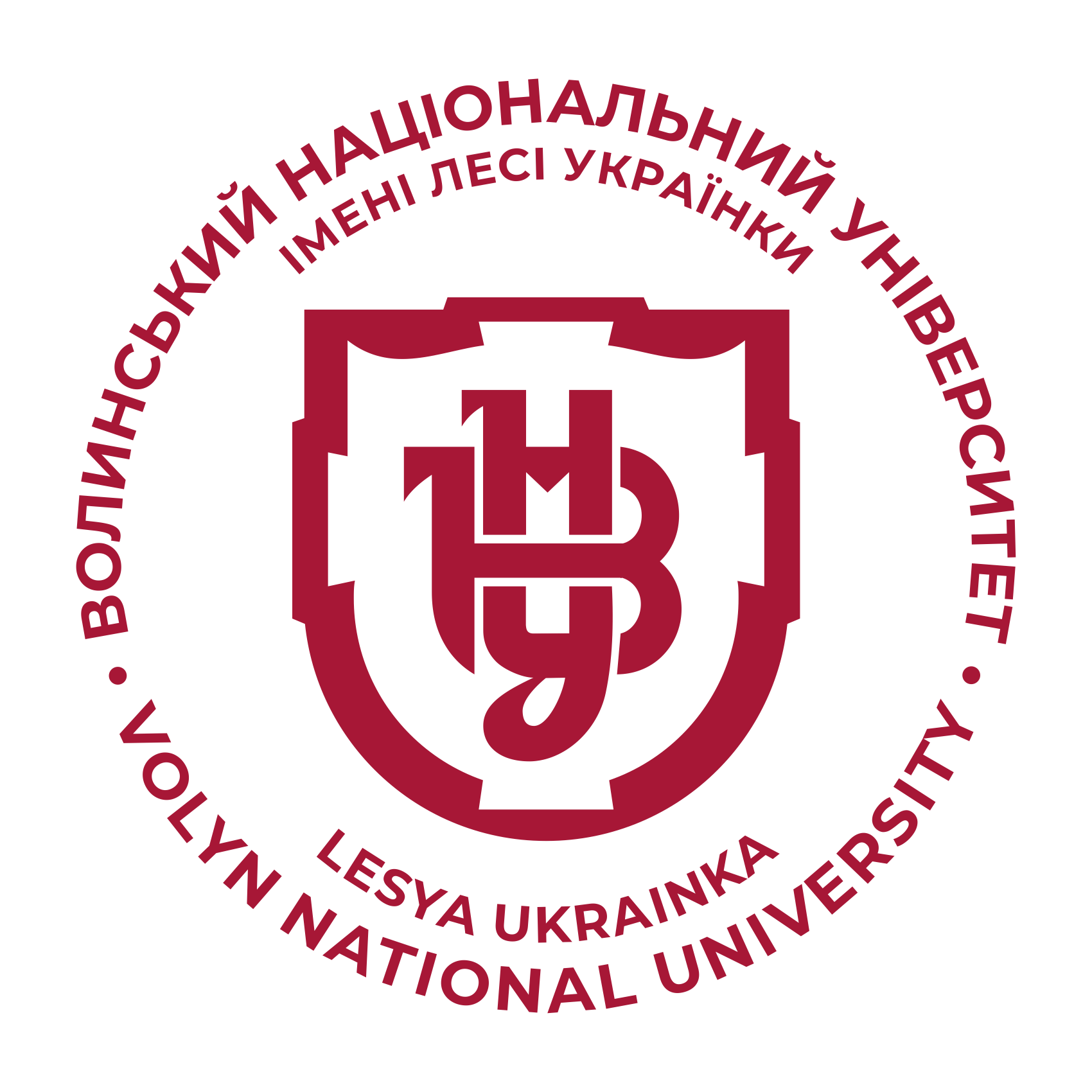COMPETENCIES OF MANAGEMENT PERSONNEL IN LOGISTICS OF THE INDUSTRIAL ENTERPRISE
DOI:
https://doi.org/10.29038/2786-4618-2021-01-119-128Keywords:
logistics management, logistics manager. general managerial competencies, problem-solving competencies, interpersonal competencies, functional competencies.Abstract
Introduction. The labor market in Ukraine requires from logistics managers a high level of theoretical knowledge and practical skills in the management of logistics operations, processes and logistics systems.
The purpose of the article is to theoretically substantiate the competencies that a logistics manager should have, to determine their role in the management system of enterprise development.
Results. It is established that logistics is getting closer to management. This is evidenced by the management functions that define the concept of logistics, as well as its integration with modern concepts and methods of business management. Therefore, changes in logistics should be accompanied by changes in the requirements for personnel carrying out logistics activities. That is, the logistics manager needs a new set of competencies. It is substantiated that the competencies of logistics managers can be described using the "Model T 9", which combines general management competencies, problem-solving competencies, interpersonal and functional logistics competencies. General management competencies include: development and coordination of logistics strategy with marketing and production; distribution of powers to manage material and related information and financial flows between departments; planning and budgeting of logistics activities; coordination of interests of product suppliers, transport and other logistics intermediaries; investment planning in the development of logistics infrastructure; determination of the structure of information support of logistics, selection of optimal technological and software solutions; establishment of personnel management policy of logistics service, training and professional development programs; inventory management, warehousing, transportation; cost optimization for logistics and risk management; CRM, SRM. Competencies for problem solving include: problem identification, information gathering, problem analysis, information exchange, problem solving. Interpersonal competencies include: interpersonal communication, listening skills, verbal communication, written communication, listening skills, verbal communication, written communication, meetings, negotiation, stress management, personnel management and leadership. Functional competencies include: knowledge of the law and the ability to use it; registration and storage of goods at customs terminals and other warehouses; control and coordination of the warehouse, transport service; cargo insurance; forecasting optimal purchases; cargo routing; acquisition; planning; LSI.
Conclusions. Therefore, the next wave of improvements and investments should focus on the staff who manages logistics services.







